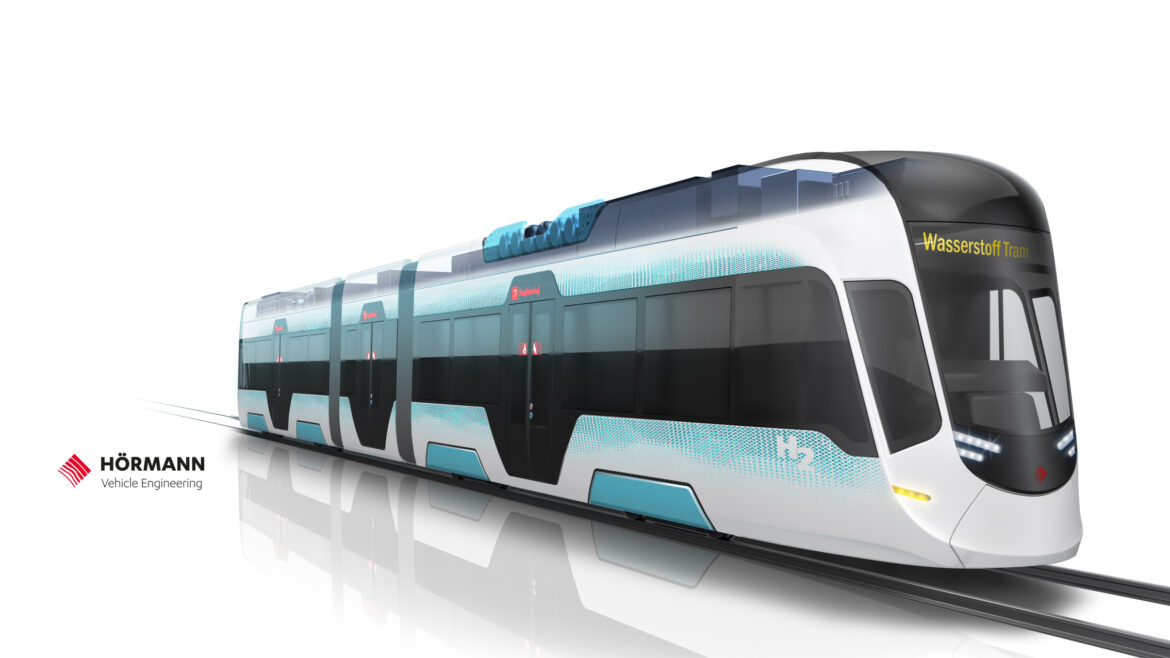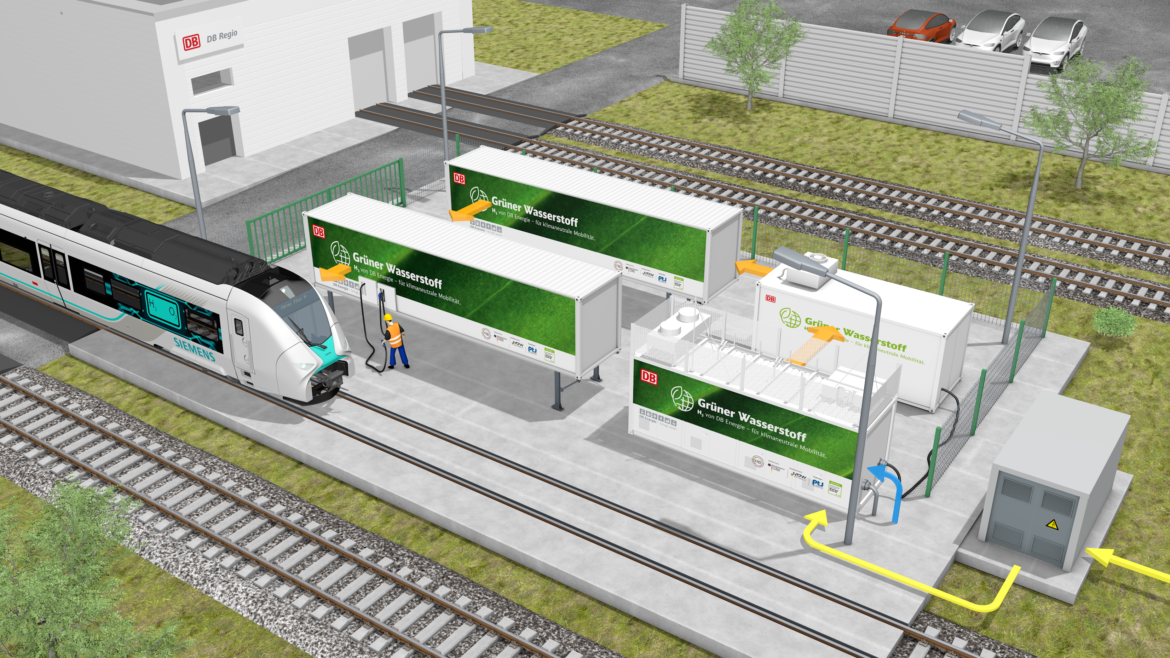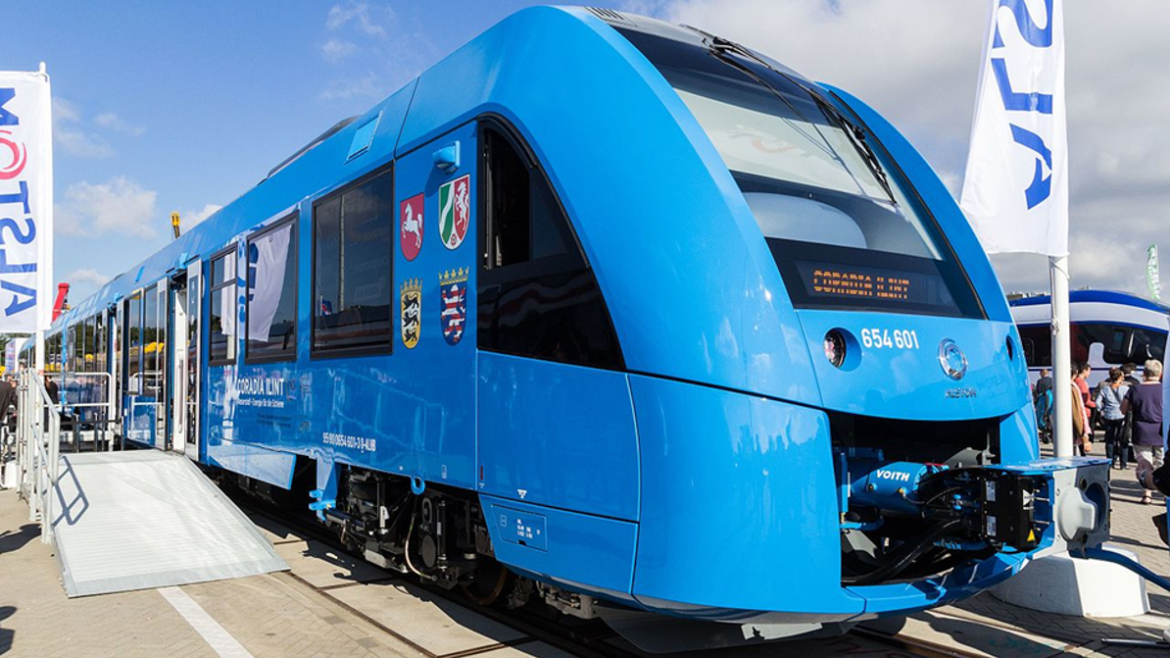In rail transport, the fuel cell is particularly suitable for routes that cannot be electrified economically and where its strengths such as efficiency, pollutant-free emissions, long ranges, and short refueling times come into play. Initial prototypes are currently in development and have evolved as part of the NIP and are also being demonstrated in other European countries.
Important R&D work is focused on the development of rail-specific drivetrains, the validation of the prototype vehicles and the refueling infrastructure, the creation of fuel cell-relevant standards, the approval of the vehicles in accordance with railroad construction and operation regulations, the establishment of pre-series and subsequent series production, and the scientific and technical support during public trial operations.
In addition to the use of hydrogen in regional trains, the inner-city use of hydrogen trains is also increasingly coming into focus. Due to the frequently lengthy approval processes, lack of acceptance in densely populated areas, and high costs for the installation of overhead line infrastructure for trains and streetcars, hydrogen can be a sensible alternative for many locations.
Freight and shunting locomotive traffic represents a particularly diverse field of application and thus also holds a variety of challenges and potentials for alternative drive systems. Particularly regarding use in port areas, there is great interest in hydrogen shunting locomotives, which is currently not matched by any marketable products on the European market. Due to the very long service life of locomotives, the demand relates both to new vehicles and to retrofit solutions.
In the rail transport sector, high priority is given to the development, testing, and optimization of a rapid refueling system for the entire rail system, the optimization of the interface between the refueling station and the vehicle, and the development of an internationally harmonized refueling protocol for rail vehicles. Furthermore, special potential for hydrogen supply can be tapped into by testing and developing grid connection systems for local hydrogen production via electrolysis using electricity drawn from the traction power grid.



